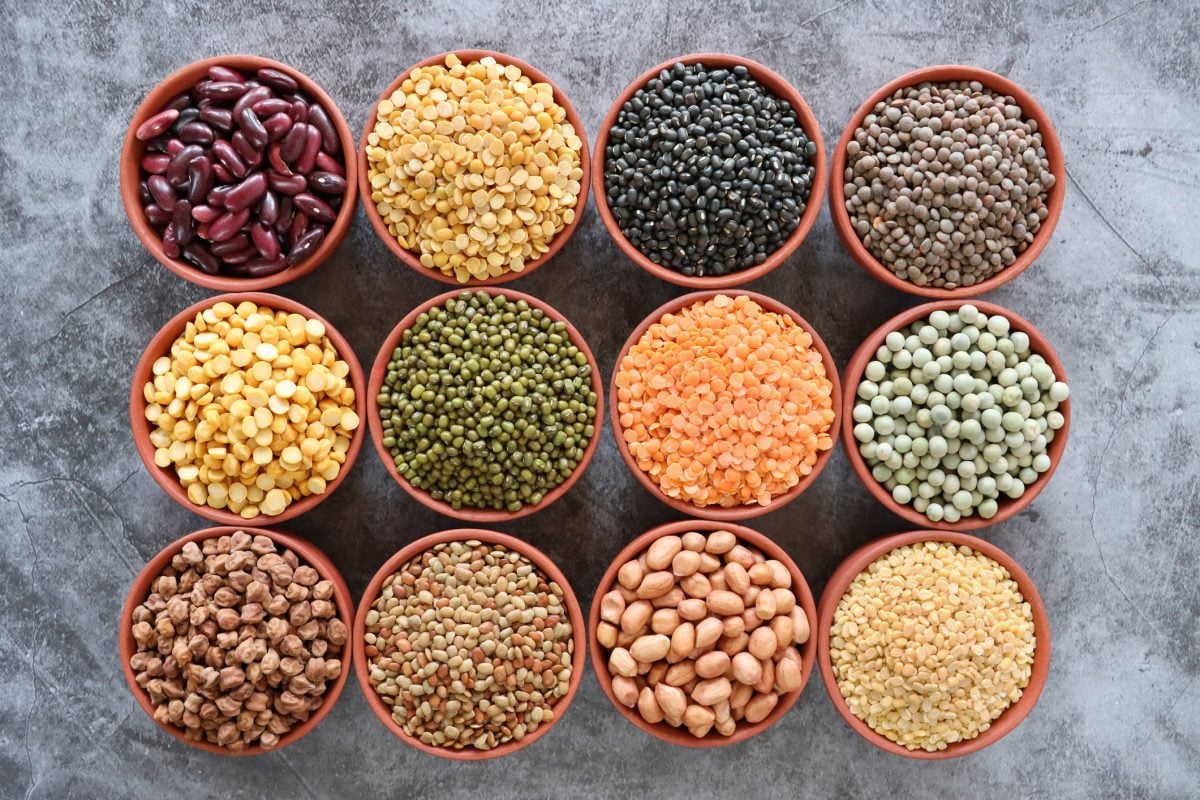There is a serious issue with one of the first crops being harvested this summer.
“Fusarium infection is very bad in winter wheat,” said Doug Chorney, president of Manitoba’s Keystone Agricultural Producers.
“In most fields people can find white heads everywhere, even though we all sprayed fungicides. It doesn’t matter because it was so wet during flowering.”
Chorney said 15 to 20 percent of the heads in his winter wheat fields are completely white.
“That could mean at the very least a 20 to 30 percent yield hit,” he said.
Read Also

Pulse Weekly: SPG looks back at harvest, ahead to trade
Saskatchewan Pulse Growers executive director Carl Potts said this year’s harvest had strong yields as the organization now works on international trade.
“I have threshed out those heads in my hand and the seeds are already shrivelled up. They’ll hopefully blow out the back of the combine so I don’t have to get downgraded on the rest of the wheat that is good. It could be very bad.”
Amir Farooq, farm production adviser with Manitoba Agriculture, said the infection rate is moderate to high in the crops he has inspected in farmers’ fields and the Manitoba Crop Variety Evaluation Team trials.
Elevators in central Manitoba are receiving samples with 15 to 20 percent infection levels.
“It will be a challenge for producers to get good quality winter wheat this year,” he said.
The good news is that fusarium levels in spring wheat appear to be very low. Farooq said the difference is that the winter wheat flowered at a time when conditions were wet and cool while spring wheat flowering occurred when it was dry and hot.















